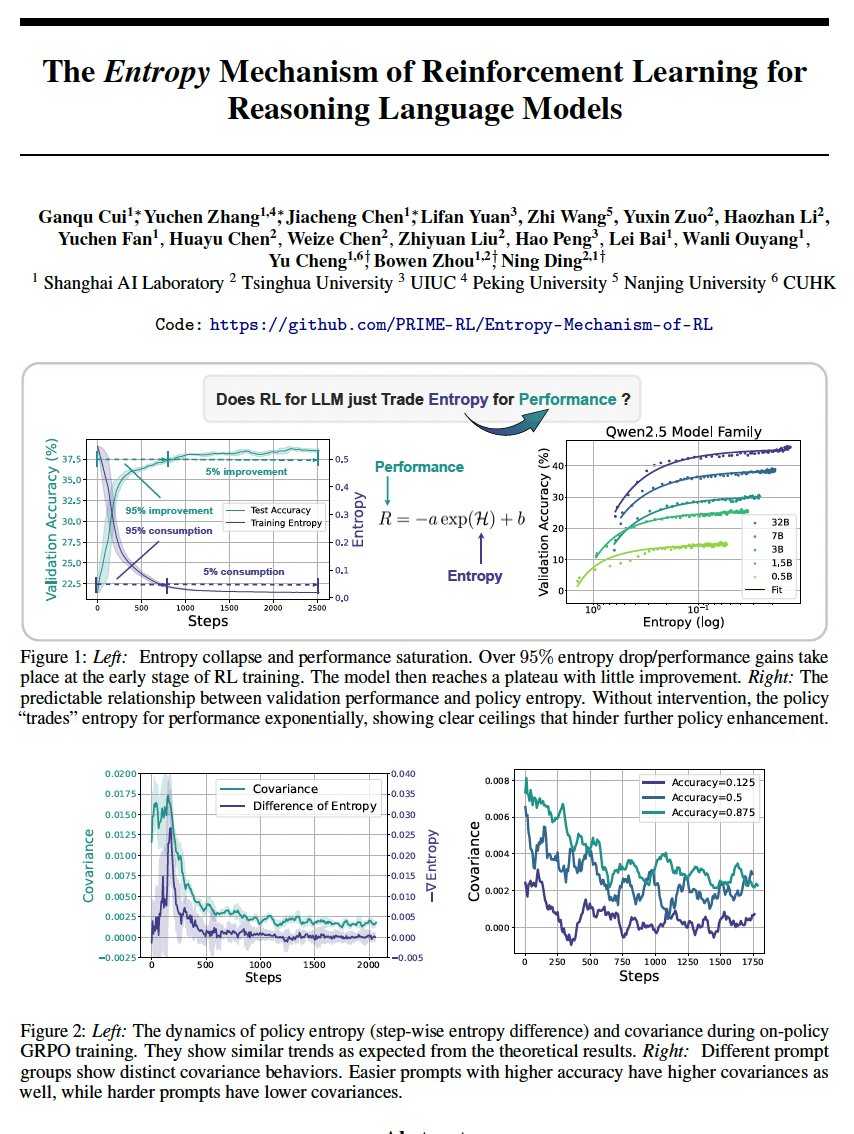
Zhaofeng Wu @ ICLR
@zhaofeng_wu
PhD student @MIT_CSAIL | Previously @allen_ai | MS'21 BS'19 BA'19 @uwnlp
ID: 3231168386
https://zhaofengwu.github.io 31-05-2015 01:30:02
237 Tweet
1,1K Followers
249 Following



New England NLP 2025 is this Friday, at one of the most stunning campuses in the world! Yale University nenlp.github.io/spr2025/





























